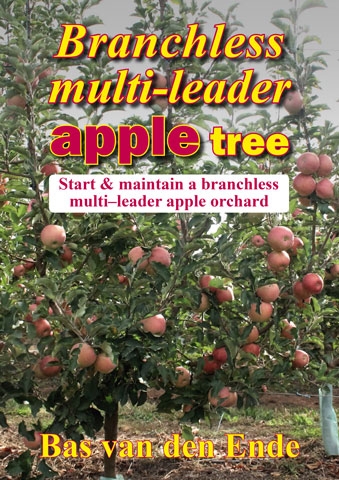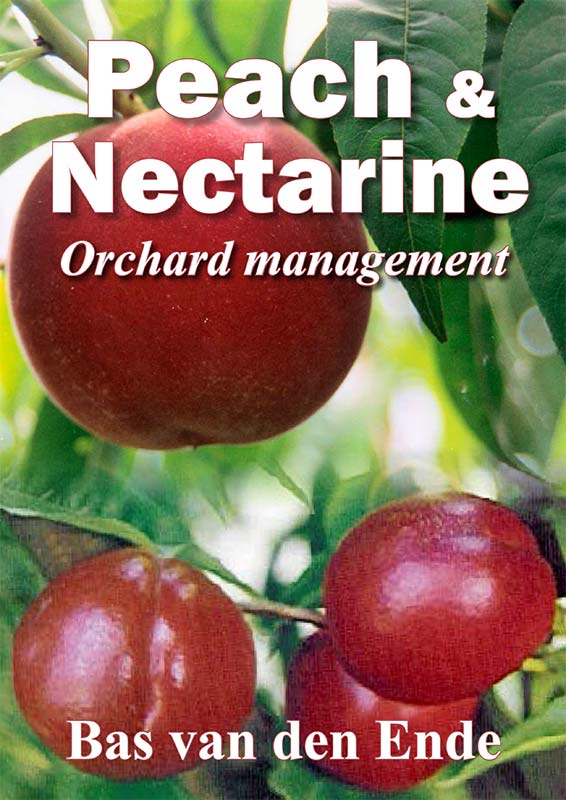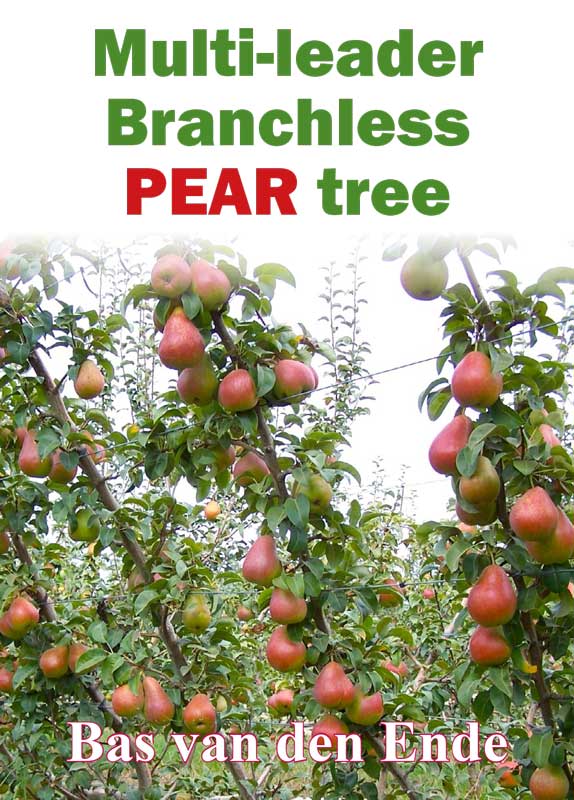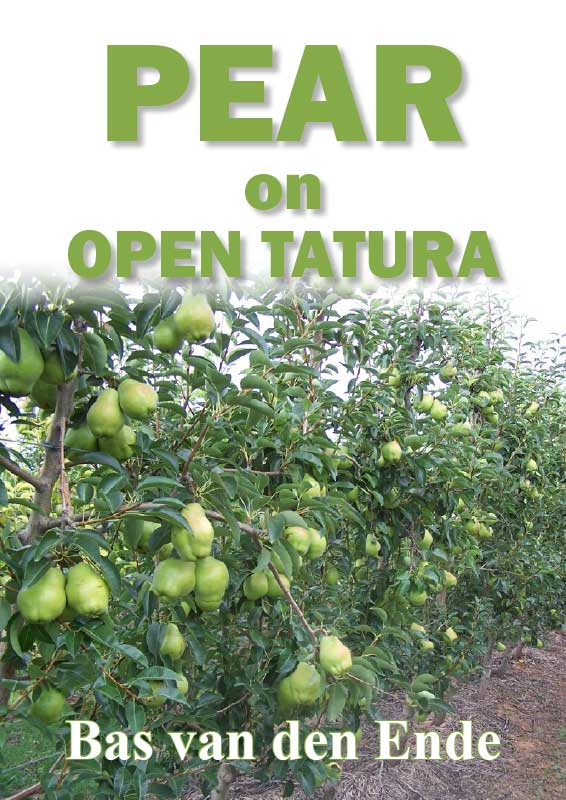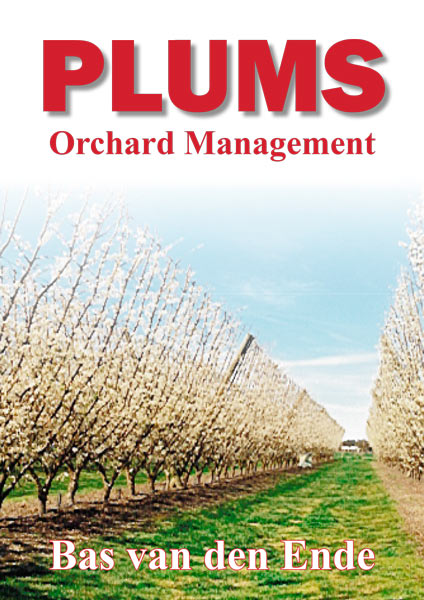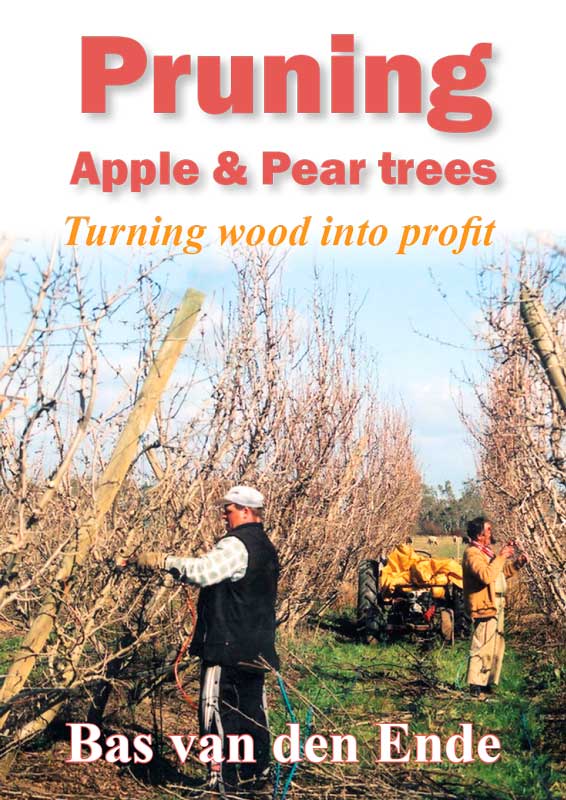Fly speck is a fungal disease that causes surface blemishes on apples and pears, usually late in summer.
It is rare in modern commercial orchards where disease management incorporates foliar fungicide sprays.
Disease identification
Fly speck is identified by clusters of black, shiny specks on the fruit surface. These specks are round to irregular, and although fly speck can appear separately, it is commonly found in the same conditions that suit sooty blotch development.
Damage
Due to its nature, fly speck can shorten the storage life of the fruit due to increased water loss. The saleability of the fruit is reduced due to its unacceptable appearance. In wet years, losses of up to 25% can occur in areas with infections.
Monitoring
Fly speck can survive from one season to the next on infected branches. The spores are then dispersed during rain in spring and early summer.
Monitoring for fly speck should occur when conditions are favourable for the disease. Temperatures of 18–27C with humidity greater than 90% are considered favourable.
Management
Cultural and physical
This disease can be managed with good orchard maintenance. Pruning to open the canopy will increase light and airflow, reducing the incidence of fly speck.
Biological
There are no biological control measures.
Chemical
There are chemical options for controlling fly speck.
Download the Orchard plant protection guide
See this article in Tree Fruit May 2023

